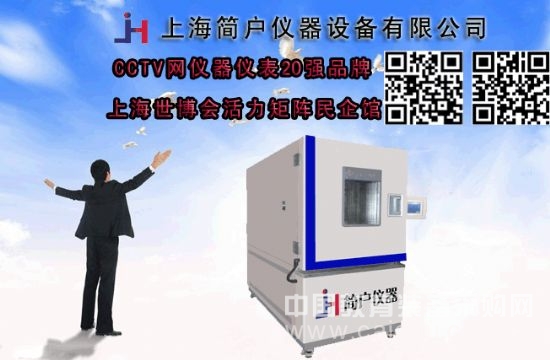
The first type: the traditional electronic movement dehumidification method (electronic moisture-proof box) uses "zeolite" or "molecular sieve" to absorb the main body of the moisture absorption
Or the humidity sensor for dehumidification is the basic dehumidification principle of the fully automatic electronic moisture-proof box. Due to the saturation of the hygroscopic material, domestic and foreign brands that are currently on the market need to have a regeneration cycle to "activate" its hygroscopic function. Generally, 3-5 hours is a "hygroscopic" cycle, and 1 hour is a "regeneration" cycle. Repeatedly run. Since the moisture absorption agent needs to be dried and regenerated after being saturated, the humidity in the cabinet may be fluctuated due to an increase in humidity in a specific temperature and humidity environment. For large-volume cabinets, the dehumidification speed is slow and the dynamic uniformity error is large. Obviously, this control method is suitable for places where the dehumidification speed and control precision are not too high, and because of the low cost, it is suitable for home users and a part of low-demand industrial users.
Second: vacuum preservation
Use the vacuum in the drying cabinet to achieve the purpose of removing moisture. It consists of a box and a vacuum pump. Due to the degree of vacuum inside the tank, the water content in the internal air is very low. However, the requirements for atmospheric pressure and sealing of the box and the box door are very high, and the internal effective use space is small compared with the outer size of the box body. It can only be realized in a small cabinet. It needs to be vacuumed when it is used. It must be decompressed when it is taken and put, it is inconvenient to use, and the continuous noise emitted by the vacuum pump is disturbing, and the purchase cost is expensive. The scope of application is already small.
Third: nitrogen storage
Nitrogen drying is used in the production area where anti-oxidation is required in the microelectronics industry, and is used more frequently in ultra-low humidity. The nitrogen cabinet cannot be dehumidified, and its drying is achieved by filling the sealed tank with nitrogen to replace the oxygen-containing air in the tank. The main problem with using a nitrogen cabinet is that the operating costs are too high. For example, a nitrogen cabinet with a tank volume of 1000 liters and a flow rate of 80 liters per minute is used. The annual consumption of N2 is about 80,000 yuan. Since the use of nitrogen in a large amount also reduces the oxygen content in the room, the operator's body may suffer from discomfort such as fatigue and is unhealthy. In addition, the humidity in the nitrogen cabinet is high, low, and unstable, and the effect is weakened with the extension of the use time, and even the phenomenon that the humidity cannot be controlled is apparent.
The fourth type: the refrigeration dehumidification method mainly reduces the surface temperature on the heat exchanger by compressor or semiconductor refrigeration, so that the moisture in the air condenses and dews on the heat exchanger, and then melts and drops out. This is the reason why the refrigeration dehumidifier needs manual water pouring and air conditioner dripping. In this way, the moisture in the sealed space air is discharged to reduce the humidity, which is a refrigeration dehumidification. The main disadvantages of this method are: the dehumidification effect is greatly affected by the seasonal temperature, and the efficiency is higher at around 30 °C. As the temperature decreases, the efficiency is greatly reduced. The dehumidification effect below 25 °C is obviously deteriorated, and the heat exchanger below 20 °C is used. It is icy and cannot be discharged under water droplets, making it difficult to dehumidify. At the same time, it is used for moisture and oxidation prevention, and the effect is not good. Secondly, the purchase cost is high, the power consumption is huge, and the operating cost is high. Since the ambient temperature is lower than the normal ambient temperature, when the article is taken out of it, the surface of the optical lens, the precision instrument, and the high-brightness metal is exposed to water, which may cause loss if not erased in time. Water flowing out during operation must also be disposed of. Furthermore, deep dehumidification below RH20-30% cannot be performed, and it is not suitable for metal oxidation prevention. It is also impossible to simultaneously purify harmful industrial waste gas in the controlled space, and it is not suitable for the preservation of articles that require storage of ambient air quality, such as photographic film and magnetic recording materials. However, under the condition of no more effective, safer and more economical dehumidification means, it is also a kind of dehumidification method.
Recently, there has been a moisture-proof box that utilizes the effect of a semiconductor refrigerating sheet to condense and remove moisture in the air, which is called a refrigerating electronic automatic moisture-proof box. Since such products are still classified as refrigeration dehumidification, there are also all common problems in the traditional refrigeration dehumidification mode. Therefore, its application range is limited.
Shantou Yicheng Trading Co.,Ltd , https://www.shantouyicheng.com